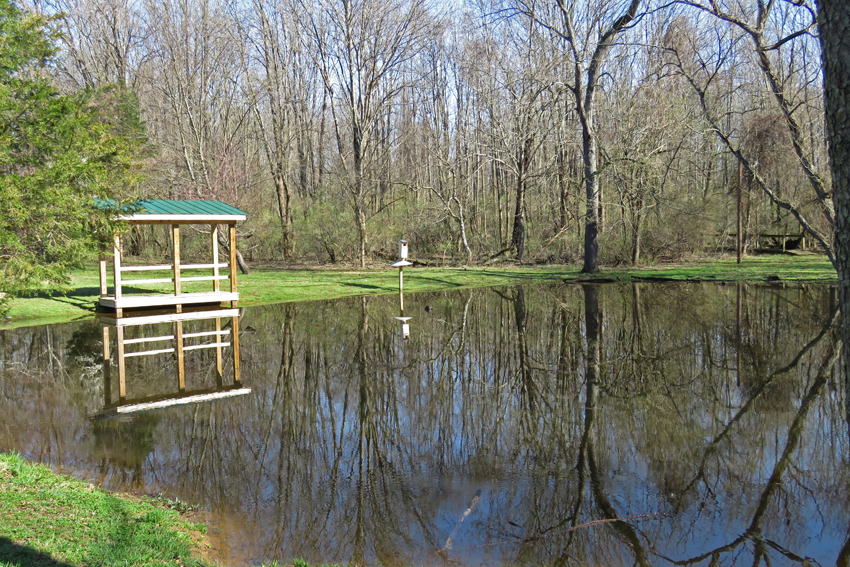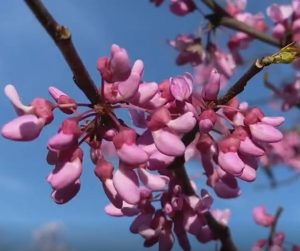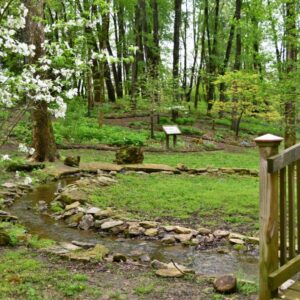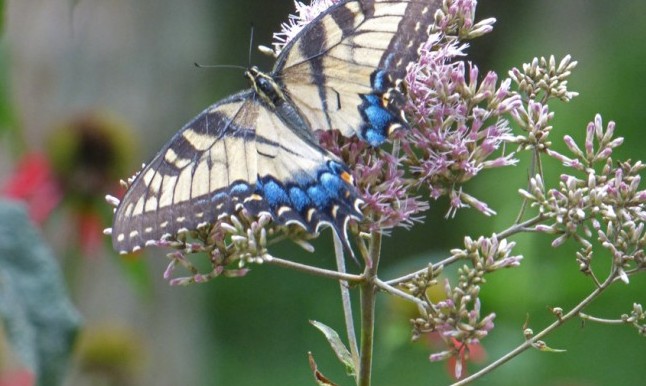
We always expect courtship and mating behavior to happen in the spring, and often this is the case. Some animals, however, continue to court and produce young throughout the summer. The humidity was lower than usual this afternoon, so I took a stroll back through the Woodland Gardens and Frog Pond – two of my favorite spots at the Nature Preserve. Although the butterfly populations overall are low this summer, we seem to have plenty of Tiger Swallowtails.
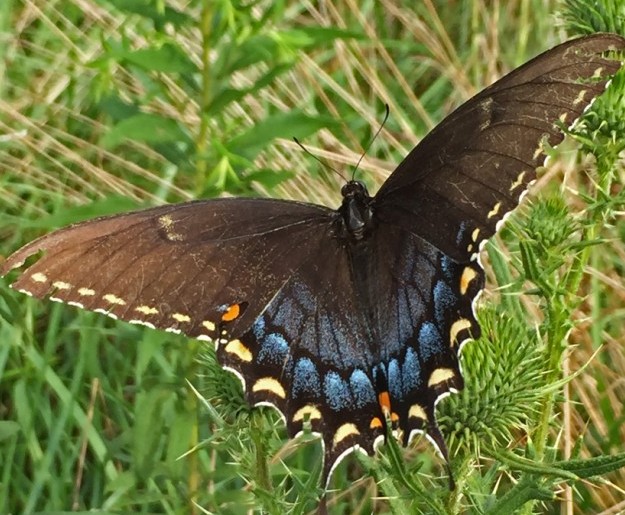
Most folks are familiar with the yellow and black striped male Tiger Swallowtail, but they don’t realize that the female has 2 forms: one yellow like the male and the other black with shadows of dark stripes. Hindwing of both female forms has a row of striking blue chevrons and an iridescent blue wash over parts of the interior hindwing. The upperside hindwing has a prominent orange marginal spot that is generally larger than the row of pale marginal spots. At the pond, I saw two couples flying around in a courtship display, but my photos of them are just blurs.
Dragonflies are like fighter jets. They zoom and swerve so fast that you can’t really get any good photos of them in the air. However, one dragonfly caught my eye while it hovered in one spot, dipping its tail repeatedly into the water, as the other dragonflies circled in constant motion. It’s a female dragonfly, and each time she dips her tail into the pond, she lays an egg! This isn’t something you get to see too often.
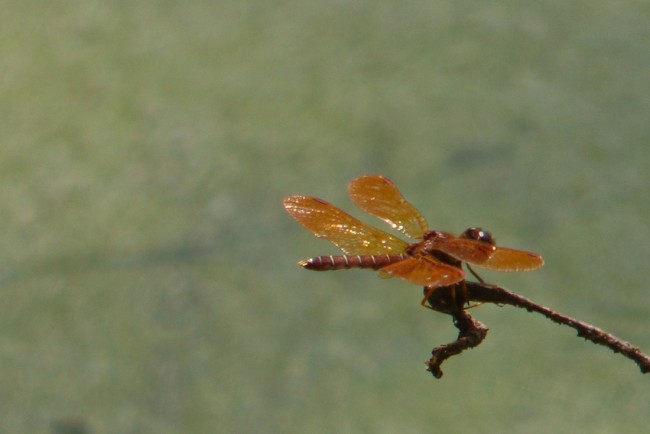
That bright gold dragonfly flitting around the female is an Amberwing dragonfly. It finally perched on a stem to let me take a photo. Yes, I’m sure it didn’t think of my needs as it landed.
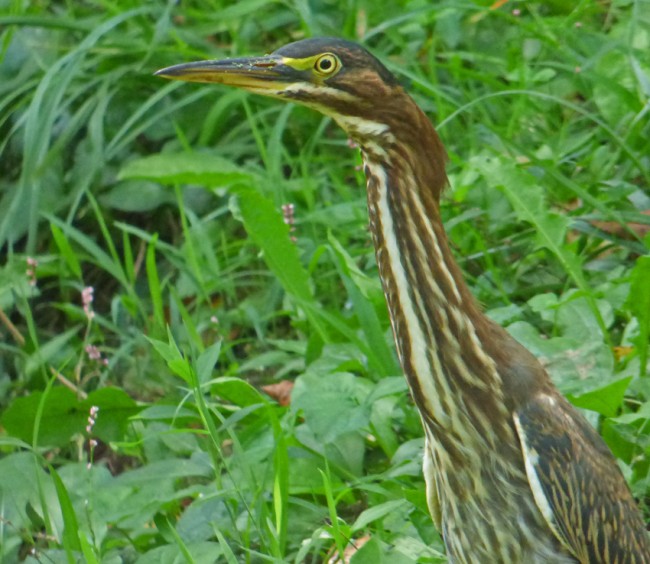
From a distance, the Green Heron is a dark, stocky bird hunched on slender yellow legs at the water’s edge, often hidden behind a tangle of leaves. Seen up close, it is a striking bird with a velvet-green back, rich chestnut body, and a dark cap often raised into a short crest. These small herons crouch patiently to surprise fish with a snatch of their daggerlike bill. They sometimes lure in fish using small items such as twigs or insects as bait.
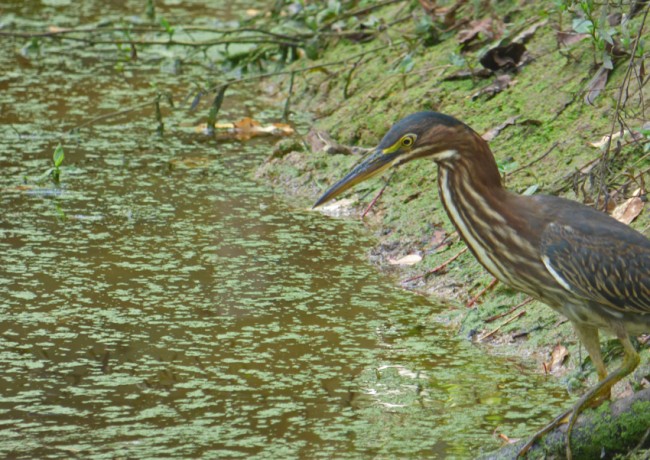
The Green Heron is one of the world’s few tool-using bird species. It creates fishing lures with bread crusts, insects, earthworms, twigs, feathers, and other objects, dropping them on the surface of the water to entice small fish. 
They are about the size of an American Crow, and smaller than a Black-crowned Night-Heron. Since they can pull their necks back or extend them way out, it’s hard to tell how big they actually are sometimes!

